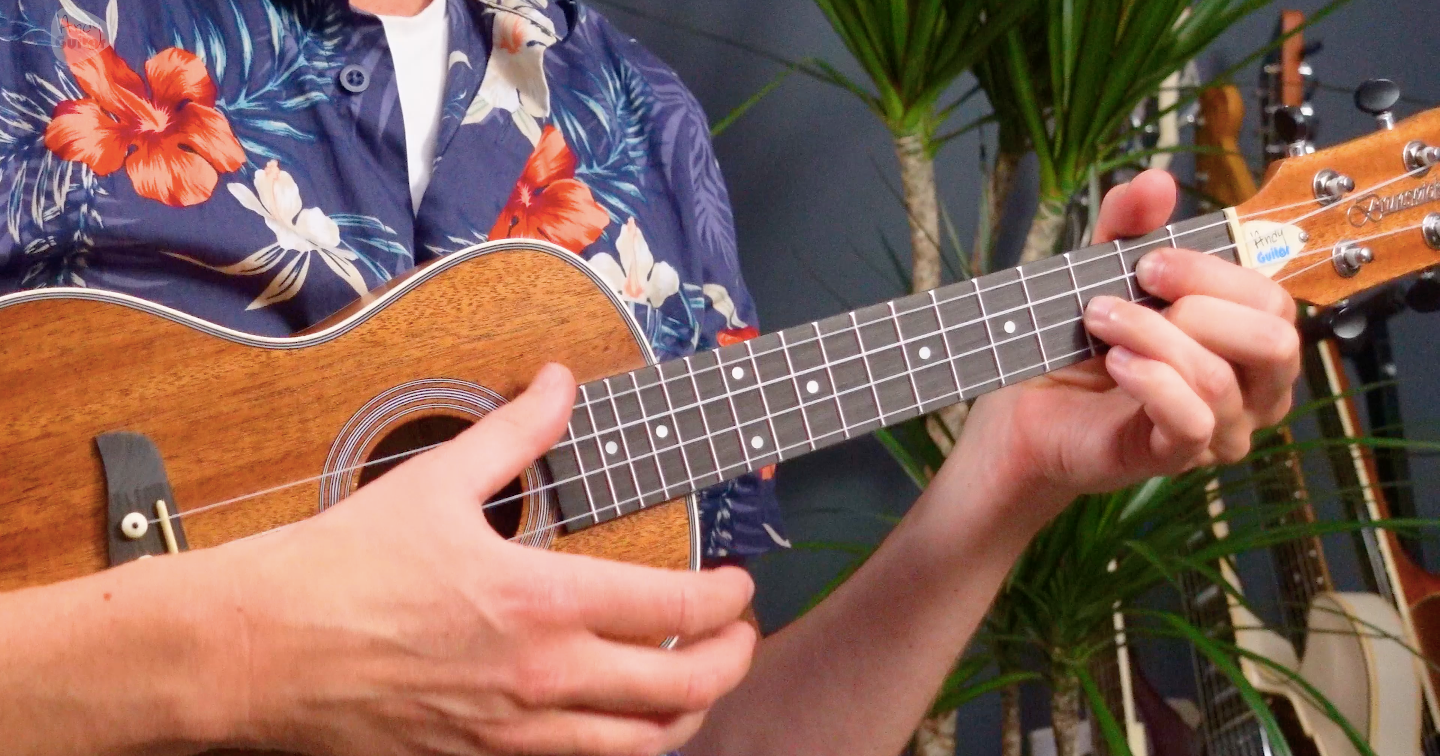In this video
We look at the 12 bar blues in G major. All this means is playing a chord progression that spans over 12 bars, which follows a certain form and it is featured in many genres other than blues.
Lesson aims -
Learn the 12 bar blues form and the chords involved in G major
Understanding what a cadence means and the theory behind it
Exercise 1 - 12 Bar Blues Form
As we are in the key of G major, the G is the first chord. C is the 4, and D is the 5. This is how we refer to our chords in the 12 bar blues.
Typically the form of a 12 bar blues is as follows...
G major, the 1 chord, for 4 bars
C major, the 4 chord, for 2 bars
And so on; 1, 5, 4, 1, 5
We play this full sequence for a full song normally and we can use a sheet of music to have in front of us to reference. This may include breaks and different variations of ideas included in the whole song that mix things up and keep the song sounding interesting.
Exercise 2 - Cadences
In a 12 bar blues, the movement of chords has a certain sound that we can recognise. We can focus on the tension and resolve idea to help us understand what cadences mean.
This tension and resolve idea is especially obvious with 7th chords. By making the 5 chord of our progression a 7th chord and playing it before moving to our home chord (the 1 chord) we can hear a strong sense of resolution, like the song has finished or the progression is complete.
Being aware of how a song sounds and the cadences, really helps us with a longer sequence like a 12 bar blues to keep moving chords until resolving.
Exercise 3 - Swing Rhythm
Finally to really finish off our 12 bar blues, we can incorporate the swing rhythm we have covered previously. This rhythm takes our song to the next level adding a bluesy feel but also we can use the pulse of the rhythm to guide us to the chord changes once you start to feel the progression.


